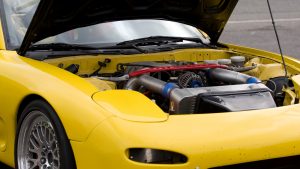
Focused Sessions
Industry-specific sessions covering a range of applications where simulation is used to tackle complex engineering problems
Select
Select your industry focus for Fluid Dynamics and Structural Mechanics
Learn
Attend live training sessions from subject matter expert
Practice
Gain hands on experience by solving practical examples using Ansys software


